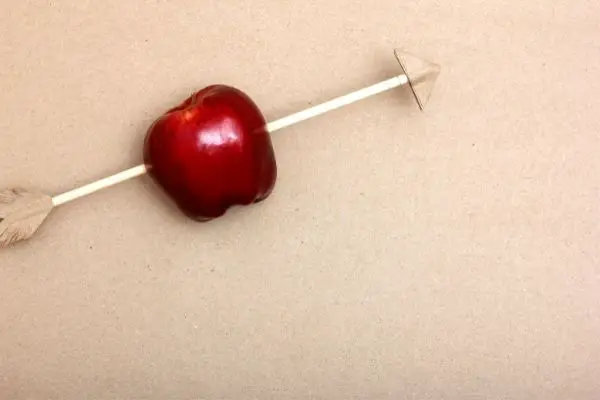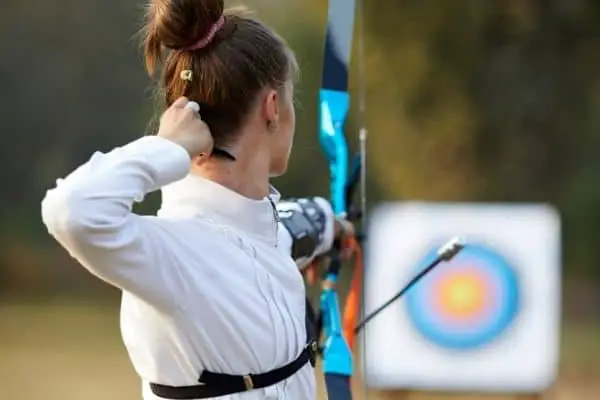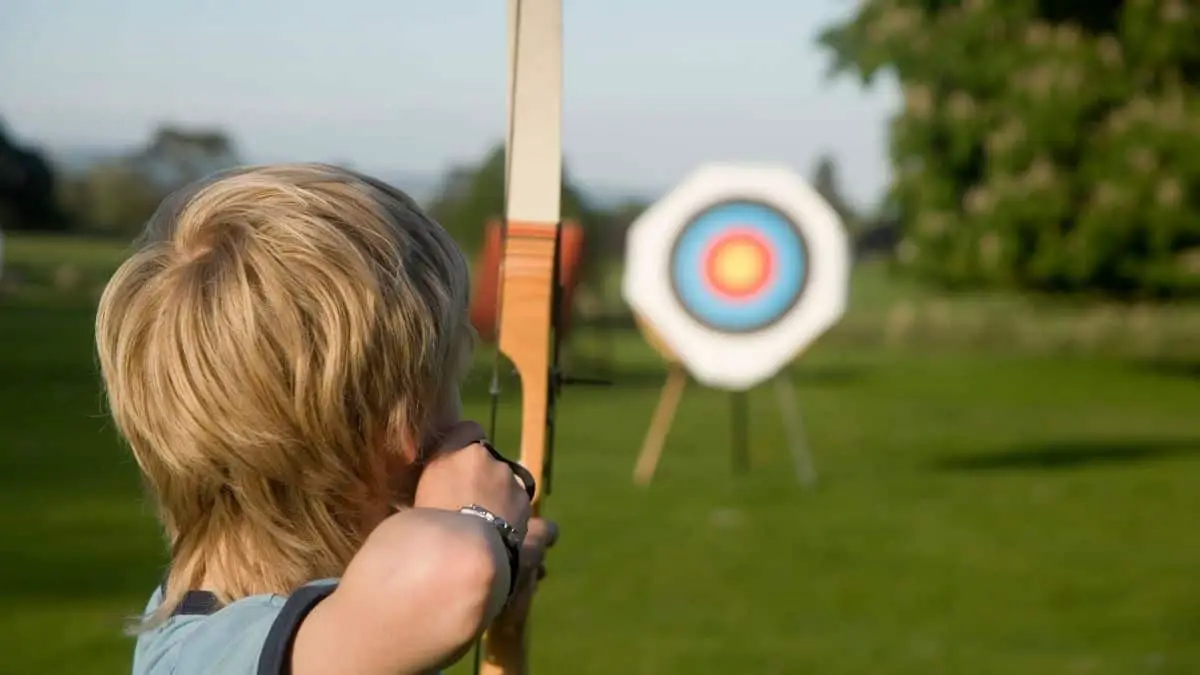Top 3 Archery Science Fair Projects For All Ages
Science and archery have a lot more in common than you may think. Whether you hit the bull’s eye or not, both will teach you a lot AND boost your confidence!
Granted, archery could sound dangerous to bring inside a science fair hall. But there are fun and safe ways to get the most booth visits for your project.
Read on to find out three of the coolest archery science fair projects for your students or kids!
But first, let’s see if it’s age-appropriate for your kids.
At what age should I introduce archery?
Did you know that there is an actual age limit for archery as a sport? Still, it doesn’t necessarily leave a black mark on it as a way to explore science. Your junior scientist can actually take it up for a project that’s not only enjoyable, but also educational.
One major challenge that comes with most archery science projects you’ll find online today is that they are either quite repetitive or just above or below the age bracket for your kid. And that beats the purpose of learning while having fun!
So in this article, we have specifically categorized archery science fair projects according to age groups. This works to make sure you get the right tools for learning for your budding genius.
#1. The Apple Flecha – Elementary School
Recommended Age: 5 – 10 Year Olds

Thinking of a science fair project that’s going to drop jaws at the hall for your youngster? Look no further. You don’t want your 10-year-old picking up a project that looks like it was taken somewhere on the internet.
The main focus here is how tension affects the projectile of the arrow.
Guide your kids through the process as they discover more about things like the length of the arrow’s effect on shot accuracy.
What do I need?
This project is designed to be super easy to complete. So you’ll need just a few things to put together. Go on an adventure to get the following:
- Two 2.5 feet long strings.
- Two 1.6 feet long bendable plastic rods.
- Two thinner plastic rods of different lengths for the arrows.
- Apple target.
- Red marker pen.
Activity
Fix the strings to the two bows but with different tension levels. Then aim the arrows at the apple bull’s eye marked with the red marker pen. The aim here is to demonstrate the difference in launch speeds for the bows with different string tightness.
Why the longer arrow?
As they release the arrows of different lengths, they should be able to notice that longer arrows are more stable. Yes, this has something to do with the rear lever arm. To achieve the same results for the shorter arrows, they have to get a little more draw length.
This project pries mostly on their curiosity in turn unraveling the physics behind tension.
#2 The Launching Pad – Middle School
Recommended Age: 11 – 13 Year Olds
Middle school is that turbulent age when kids are likely to develop an interest in STEM. But they are even more likely to lose it very quickly!
So if you want to try something out of the ordinary yet still fun and informative, why not build the launching pad.
This archery science fair project is centered around investigating the aerodynamic aspect of the arrow. On top of this, your physicist gets to know how and why mass affects the speed and depth of penetration of arrows.

What you’ll need
To keep things simple, this project has the bow attached to a pad and the target is placed just a few feet away from the launching pad. For this, you’ll need:
- Approximately 20 popsicle sticks.
- Ballistic gel or a huge cube of wax.
- Smaller wooden cubes.
- Small arrows of different weights, preferably wood and plastic.
- 14” x 14” wooden pad for the base.
- Thick rubber band.
- Different shapes of feathers for the fletchings.
Activity
Putting together the pieces of this project will require some assistance with handling hot glue.
- Make two bow-like shapes with the stitched together popsicle sticks.
- Glue the two sides of the bow with the wooden cubes in between.
- Attach the rubber band to the bow.
- Glue the bow flat on the wooden pad.
- Use different shapes of feathers to make the fletchings.
Takeaway
The primary focus of this project is to find out how fletchings affect accuracy of shot. The aerodynamic purpose of the fletching is to maintain course and reduce drag. From the model, your kid should be able to tell which shape works best.
What’s more intriguing to find out is that the heavier arrow achieves a deeper penetration on the ballistic gel or wax since it has more momentum. From the project, they should be able to explain the concept of Kinetic energy and momentum.
#3 Winch and Scale Draw Board – High School
Recommended Age: 14 – 17 Year Olds

At highschool level, it is time to bring out the big guns.
No booth gets the most visits as the one labeled “Hands On”. This project is tailormade to make you shine as it’s a sight to behold. Taking a deep gaze into how temperature and draw force affects the arrows’ launch speed, it is sure to get you points.
What do I need?
For this, you’ll need to take things up a notch. You can make this as complex or as easy as you prefer. (I modified this DIY project to adapt it to this age.) Get:
- Two wooden cuboids 6” x 1” x 1”.
- 12” x 12” wooden board.
- A spring loaded winch.
- Spring scale.
- Strong string.
- Arrows.
- Ice cubes and hot water.
Activity
- Nail the cuboids at the top and bottom of the board.
- Attach the winch to the top cuboid and spring scale to the other.
- Attach the string between the scale and the winch in such a way that it is just tight.
- Cool the string then take a shot.
- Heat and take a shot.
Takeaway
The effect of temperature on arrow launch speed is the key objective. The cooler string launches faster arrows since it contracts, thereby increasing tension. This also reinforces the concept of energy conversion and the law of energy conservation.
What’s more
To spice up your project, you can plot a draw force curve for different draw lengths and peak weight. Perhaps use a chronograph to map speed data of the arrows launched.
Frequently Asked Questions
How is archery related to science?
Archery delicately balances scientific laws such as the law of conservation of energy with the art of launching arrows. Principles such as momentum of moving bodies are heavily explored in archery.
Why does my arrow turn 180 degrees?
Arrows turn 180 degrees flying with the knock end first when you fletch wrongly. Use the appropriate fletching technique to get a near perfect trajectory.
What is the motion of an arrow from a bow?
The motion of an arrow from a bow is called a projectile motion. A projectile motion results from two forces, horizontal and vertical, being exerted on a moving body. The arrow’s horizontal force follows Newton’s third law of motion when launched from the bow.







